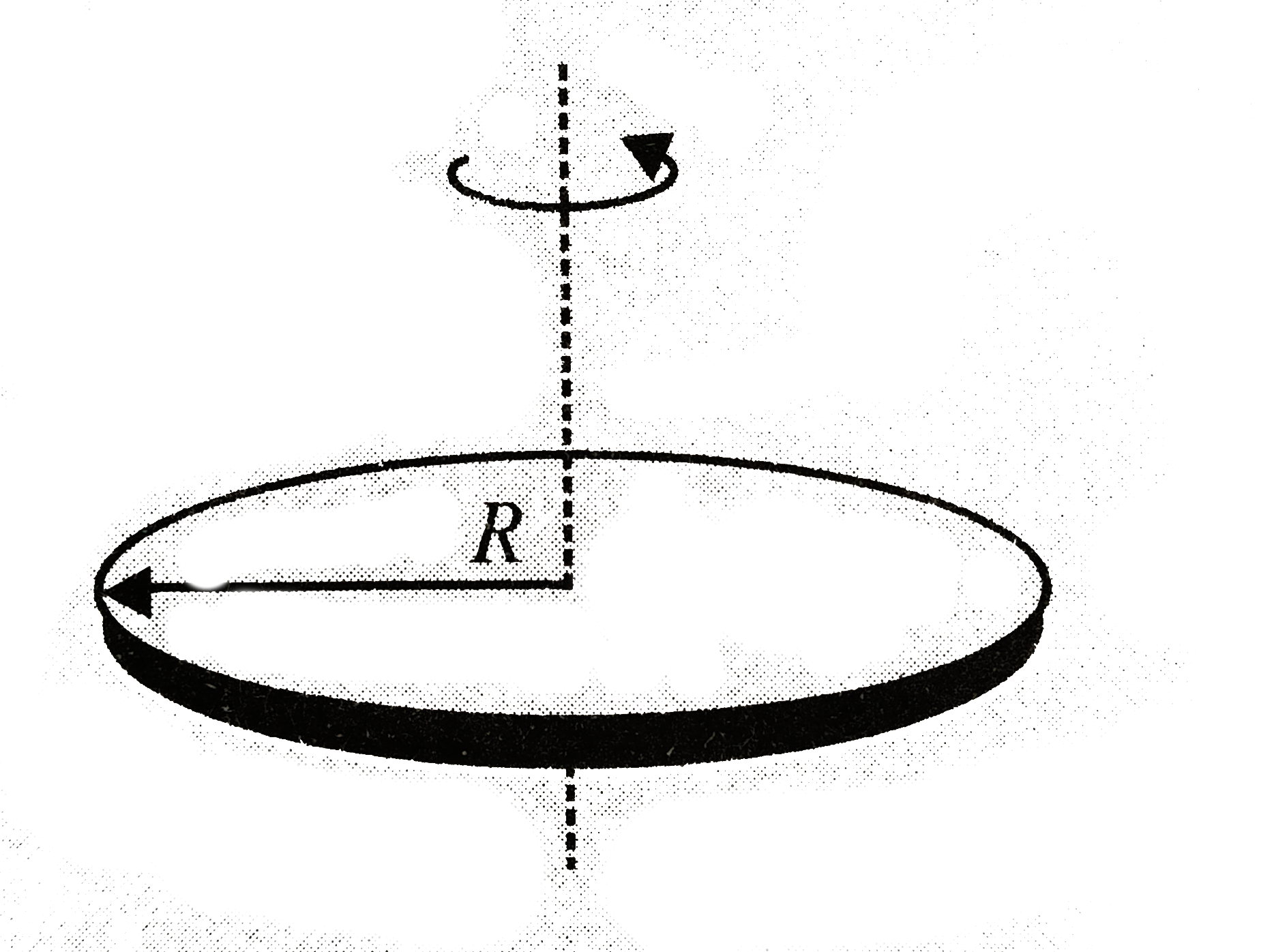The moment of inertia of a solid cylinder of mass M, length 2R and radius R about an axis passing through the centre of mass and perpendicular to the axis of the cylinder is and about an axis passing through one end of the cylinder and perpendicular to the axis of cylinder is
The correct Answer is:A
To solve the problem, we need to find the relationship between the moment of inertia I1 of a solid cylinder about an axis passing through its center of mass and perpendicular to its axis, and I2 about an axis passing through one end of the cylinder and perpendicular to its axis.
1. Identify the Moments of Inertia:
- The moment of inertia I1 is for the cylinder about its center of mass (CM).
- The moment of inertia I2 is for the cylinder about an axis at one end.
2. Use the Formula for I1:
- For a solid cylinder of mass M, length 2R, and radius R, the moment of inertia about its center of mass is given by:
I1=112M(2R)2=112M⋅4R2=13MR2
3. Apply the Parallel Axis Theorem for I2:
- The parallel axis theorem states that:
I2=ICM+Md2
- Here, d is the distance from the center of mass to the new axis. Since the length of the cylinder is 2R, the distance from the center of mass to one end is R.
- Therefore, we have:
I2=I1+M(R2)
4. Substitute I1 into the Equation for I2:
- Substitute I1=13MR2 into the equation for I2:
I2=13MR2+MR2=13MR2+33MR2=43MR2
5. Find the Relationship Between I1 and I2:
- Now we can find I2−I1:
I2−I1=43MR2−13MR2=33MR2=MR2
Conclusion:
The relationship between the moments of inertia is:
I2−I1=MR2
Final Answer:
Thus, the correct option is that I2−I1=MR2.
---
- The moment of inertia I1 is for the cylinder about its center of mass (CM).
- The moment of inertia I2 is for the cylinder about an axis at one end.
- For a solid cylinder of mass M, length 2R, and radius R, the moment of inertia about its center of mass is given by:
I1=112M(2R)2=112M⋅4R2=13MR2
- The parallel axis theorem states that:
I2=ICM+Md2
- Here, d is the distance from the center of mass to the new axis. Since the length of the cylinder is 2R, the distance from the center of mass to one end is R.
- Therefore, we have:
I2=I1+M(R2)
- Substitute I1=13MR2 into the equation for I2:
I2=13MR2+MR2=13MR2+33MR2=43MR2
- Now we can find I2−I1:
I2−I1=43MR2−13MR2=33MR2=MR2
The relationship between the moments of inertia is:
I2−I1=MR2
Thus, the correct option is that I2−I1=MR2.
Topper's Solved these Questions
- ROTATIONBOOK - DC PANDEY ENGLISHCHAPTER - ROTATIONEXERCISE - Check point 9.2
20 Videos
- ROTATIONBOOK - DC PANDEY ENGLISHCHAPTER - ROTATIONEXERCISE - Check point 9.3
15 Videos
- ROTATIONBOOK - DC PANDEY ENGLISHCHAPTER - ROTATIONEXERCISE - (C) Chapter Exercises
39 Videos
- RAY OPTICSBOOK - DC PANDEY ENGLISHCHAPTER - RAY OPTICSEXERCISE - Integer type q.
14 Videos
- ROTATIONAL MECHANICSBOOK - DC PANDEY ENGLISHCHAPTER - ROTATIONAL MECHANICSEXERCISE - Subjective Questions
2 Videos
Similar Questions
Moment of inertia of a ring of mass M and radius R about an axis passing through the centre and perpendicular to the plane is
View SolutionCalculate the moment of inertia of a ring of mass 2kg and radius 2cm about an axis passing through its centre and perpendicular to its surface.
View SolutionCalculate the moment of inertia of a ring of mass 2kg and radius 2cm about an axis passing through its centre and perpendicular to its surface.
View SolutionThe moment of inertia of a solid cylinder of density ρ, radius of base r, and height h about an axis passing through its centre of mass and parallel to length is
View SolutionMoment of inertia of an ellipse shaped wire of mass 'm', semimajor axis 'a' about an axis passing through the centre and perpendicular to the plane of wire can be :
View SolutionThe moment of inertia of a cube of mass M and edge length a about an axis passing through one of its edge is
View SolutionFind the moment of inertia of a circular disk or solid cylinder of radius R about the axis through the centre and perpendicular to the flat surface.

View SolutionMoment of inertia of a uniform rod of length L and mass M, about an axis passing through L/4 from one end and perpendicular to its length is
View SolutionMoment of inertia of a uniform rod of length L and mass M, about an axis passing through L/4 from one end and perpendicular to its length is
View SolutionMoment of inertia of a uniform quarter disc of radius R and mass M about an axis through its centre of mass and perpendicular to its plane is :
View Solution
